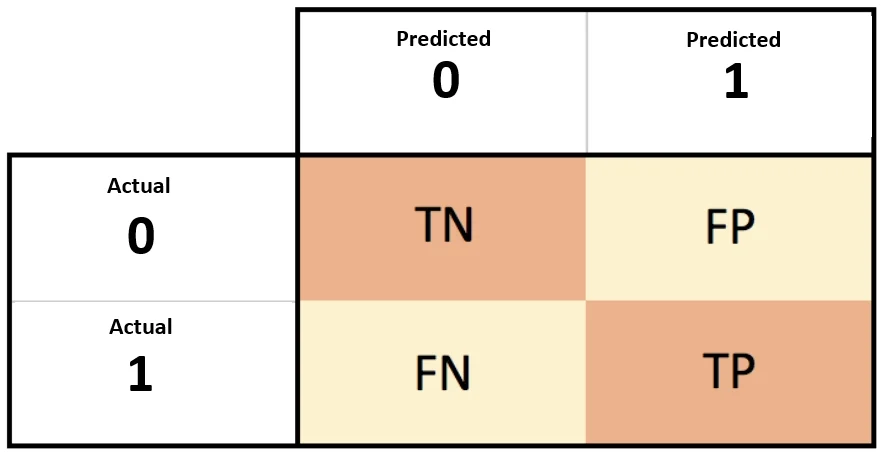Exception handling is a term that will stress out even the most advanced AP automation teams. Invoice exceptions exist for a good reason, to ensure that incorrect or missing information doesn’t slip through the cracks. The process protects businesses, so that when financial data doesn’t add up (quite literally), there is a process in place to look at the anomalies and to prevent them from doing financial damage to the organization. Some examples of the damage that can be done are paying bills more than once, inflating or deflating the numbers in the general ledger, attributing debits to the wrong budget, and even failing financial audits.
When you go to buy a car, and drive that brand new Toyota Camry off the lot, the car sales operation officially concludes, but the work is only beginning for the accounting staff. The buyer is grinning from ear to ear because they negotiated a heck of a deal with 30% off, while the finance team is left to process an unusual sale that doesn’t fit into the normal 5% off bucket (which is rare given the shortage of cars in recent years). When these one-off sales deals happen and if there is no template set up for steep discounts, where do these transactions land? Unfortunately, they wind up in an exception queue, doomed to be reviewed by a litany of financial approvers, at least until a new model or template is created. This same process is repeated every time an invoice that does not fit a pre-described model arrives to the AP team. This is the state of accounting today
According to Ardent Partners, 62% of AP professionals report that invoice exceptions are the biggest challenge they face on a day-to-day basis. Every exception implicitly means a human must review and correct the missing information. Some enterprises have exceptions in 100% of their invoices and even the best-in-class AP departments experience up to a 30% exception rate.
Not only do invoice exceptions cause headaches for the AP team, they also bring costly and unnecessary expenses to your business. As an invoice winds its way through the exception process, the cost to process each invoice continues to rise. The longer the process takes, the more costly the transaction becomes. According to a recent survey on invoice processing, exceptions cause 32% of late payments and 36% result in phone calls to suppliers (more time wasted, more late fees!)
When even the best AP teams have up to a 30% exception rate and a third of those exceptions result in late payments, one can only imagine how much money is lost due to exceptions being inefficiently handled. Many companies have tried to solve the problem by hiring more people. This need for additional eyes must be balanced with the pressure exerted on AP leaders to reduce costs, and throwing more people at the problem can only increase cost. But how is it possible to break free of the vicious cycle of never ending exceptions?
Reducing human error
Data entry mistakes (and exceptions) most commonly happen when humans manually enter data into ERP (Enterprise Resource Planning) systems. Digitization errors occur when OCRs (Optical Character Recognition), some of which boast 99% accuracy rates, extract the incorrect information because they are pulling information without context. Here are some common examples:
- Incorrect supplier information can happen when the wrong address is captured, or when line items aren’t accurately picked up. These are often resolved by the AP team contacting the suppliers to fix the issue.
- Incorrect amounts can occur when price, quantity or taxes are incorrectly portrayed on the invoice.
- Purchase order mismatches can happen when a PO number isn’t printed on an invoice or the PO and invoice amounts or quantities don’t match.
- Duplicate invoices can occur if an AP staff is behind and the supplier resends an invoice sometimes causing costly duplicate payments.
- Missing information can happen when there is no invoice number, due date, or other critical information needed to classify an invoice
All of these exceptions can be mitigated and ultimately avoided with a modern AI approach.
The science behind the AI
Exceptions occur when a rule is broken. This is a very binary way of looking at the world, either you pass or you fail. If something fails, it goes into the exception queue. With AI, we take a different approach by leveraging accuracy. Accuracy is the fraction of predictions our model got right. The way we are able to determine accuracy is by looking at the value the AI predicted and comparing it to the actual value. In the diagram below we see a two by two matrix with the x-axis as predicted values(0 for false, 1 for true) and the y-axis as the actual values, supposing a classification task. When we have the predicted value and actual value equal 0, we have a true negative(TN), when both are 1 we have a true positive(TP) and when they do not equal each other we have either a false positive or false negative.
This type of plot is known as a confusion matrix and leveraged to grade the AI model on how well it is able to predict the correct value. This relationship between predicted value and actual value is what allows us to determine the AI’s accuracy rate. In an ideal AI model, the confusion matrix has a distinct diagonal, where the actual value and predicted value match majority of the time meaning the AI model has a high accuracy rate.

As we can see in the above confusion matrix, the AI prediction in comparison to the actual value is high, creating a nice diagonal signifying that the AI is highly accurate. We will use this concept to dig into AI accuracy further.

How does Vic.ai leverage accuracy?
Exception queues are now a legacy concept. With AI accuracy in mind, let’s walk through how Vic.ai leverages accuracy to speed up the invoice processing time and ultimately get to a fully autonomous state. By autonomous we mean that the only transactions that ever need to be examined are those where the AI confidence (aka accuracy) in a prediction is low. The remainder of the invoice would never need to be touched as the AI has removed that work off the AP specialst’s plate.
In its ultimate state, invoices autonomously traverse financial systems with no human intervention. At Vic.ai, we call this state “Autopilot”. These invoices can be automatically kicked off for approval without the need of any human touch. Once approved, the invoice would be transmitted to the general ledger. The exception queue in AI is an intelligent living, breathing hive mind. The algorithms are constantly learning based on both current and historical data. When confidence is low, the AI surfaces the transaction to a human, allowing the human to provide feedback for the AI to learn from. The AI will learn (assume its correct) if the human does nothing, validating its prediction. If a low confidence prediction is altered, the AI will also learn. The next time a similar transaction occurs, the AI will be more confident. The “exceptions” will diminish over time. Eventually there will be little to no exceptions.
The net effect
In conclusion, AI accuracy is an important consideration for AP automation teams, as it can help to reduce the exception rate and improve the efficiency of invoice processing. The state of the world today is leaning on RPA+OCR solutions who inherently have exception queues and as these queues get larger, the only way to tackle them is by throwing more people at the problem. This linear way of problem solving is not only costly but there is no path to success. By utilizing AI technology that is capable of accurately extracting and interpreting data, businesses can save time and money by reducing the need for manual review and correction of invoices. This can help to reduce the cost of processing each invoice and prevent costly late payments or other financial errors. Overall, AI accuracy is the key to improving the effectiveness of AP automation and achieving the benefits of digital transformation in the finance industry.
Simplify and streamline AP
Automation has been an integral part of invoice processing over the last decade, and with the help of AI, you can reap the full benefits to unlock faster and more accurate accounting.
Download our ebook to avoid invoice processing errors and learn critical steps in optimizing your AP process.











.svg)
